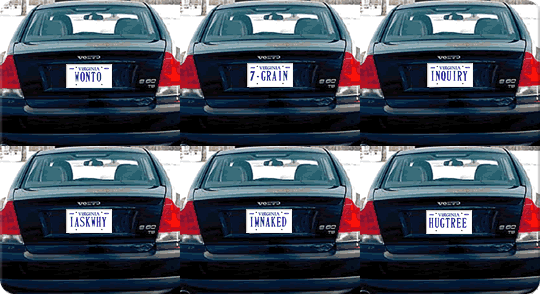Why Prototyping is a Good Idea
Avoiding risk when making decisions that are difficult to retract (as opposed to reviewing risk factors after the fact) is why business prototyping is so important. I first saw the word prototyping used to describe business decision-making in Michael Schrage’s excellent book, Serious Play. Prototyping, a word usually reserved for areas such as industrial design or user experience work, just means trying a few versions of something before making a decision. Prototyping occurs all the time in businesses, often with spreadsheets and sometimes through simulation.
It’s almost always a good idea to prototype decisions if you’re attempting something new. And this applies not only to business; it also applies to personal decisions. Prototypes don’t have to be a computer simulation. It just has to give you a feel for what life will be like after you’ve made your decision.
The realism of the prototype you create should vary according the complexity and consequences of the decision you’re making. The reason for this is that what you learn from a prototype changes significantly as that prototype realism changes.
Successful Personal Prototypes
I recently observed a demonstration of how prototype realism alters how and what you learn. A friend of mine moved from California to Virginia. Changing states meant he had to get a new license plate for his car and he thought it would be fun to get a vanity plate, with his own custom combination of letters and numbers for the license.
Choosing a vanity license plate is a little like getting a tattoo—once you’ve made your decision you’re committed. Changing or eliminating the thing is going to be difficult and expensive. OK, I admit that removing the tattoo is more difficult, but it’s still an example of a choice where you are far better off making the right decision the first time.
Occasionally I would get emails asking my opinion about particular choices he was considering. The original list consisted of the following names:
- WONTO
- 7-GRAIN
- INQUIRY
- I ASKWHY
- IMNAKED
- HUGTREE
Now, most people would have just picked a name at this point. But my friend realized that whatever he chose would be associated with his car for a long time. So he took it a step further, to get a better understanding of what is car would look like with the new plate.
Without violating the law, you can’t create a fake license and drive around for a while to see how you like it. But fortunately Virginia has a web site where you can check the availability of words you are considering for your plate and prototype your license plate. For example, 7-GRAIN (one of the names he considered) would look like this:

Now that is a lot better than just looking at a name on a list. For example, you can see that the name won’t be exactly centered. It’s shifted a little over to the left. This is one of the many little things that might affect his decision.
While the license plate prototyping offered at the Virginia web site is helpful, it’s actually possible to take it one step further. My friend got a digitized photo of the back of his car and pasted the new license images on the back. The result looked like this:

Looking at an image of his car with the plate makes it a lot more obvious what the final result will look like. Compared with the original list of names, it’s much more of a simulated experience of what the future will be like with these new plates. Although picking a license plate ultimately isn’t a critical decision, spending thirty minutes with a photo editing program possibly saved hours of regret later. And it illustrates why the more realistic your prototyping medium is, the more likely you are to make a good decision. For my friend, increasing the realism (by using photos instead of words) didn’t so much build his understanding as it did build his intuition.
Prototyping Suggestions
Doing some kind of prototyping in business, even if your prototype is just a simple spreadsheet, is far better than doing nothing at all. Unless your decision is trivial, spending a few hours or even a few minutes in front of Excel could save you money and problems in the future.
Depending on how important and retractable your decision is, you can vary the sophistication of your prototype. For example, for a simple investment decision with limited consequences, an Excel spreadsheet is probably a good choice. Spreadsheets produce results that are like my friend’s original written list of license plate names. Spreadsheets prototypes give you the dry facts without much realism as to what life will be like after you’ve made the decision, but a decent spreadsheet can often be pulled together in a few hours. So there’s a tradeoff between effort and results.
Prototype when:
- Decisions can’t easily be reversed.
- Consequences are expensive.
- Lots of people need to thoroughly understand how your decision will work.
For decisions with big consequences it’s usually worth the effort of producing a realistic prototype of your decision on the computer. Not only will it help you understand the consequences of the decision, but you can also show your prototype to colleagues. Because a good prototype is a simulated experience, a prototype can communicate alternatives in ways that are hard for words and even Powerpoint presentations. This is why change management training simulations are a great way to explain a new strategy to help others understand its implications.
Of course, prototypes can’t address everything, and the ultimate “prototype” is reality. We can always learn from the experiences of others!
Creating prototypes:
- Simple prototypes are far better than nothing at all for helping people make good decisions.
- Prototype realism should vary according the complexity and consequences of the decision you’re making – big decisions need sophisticated and realistic prototypes.
